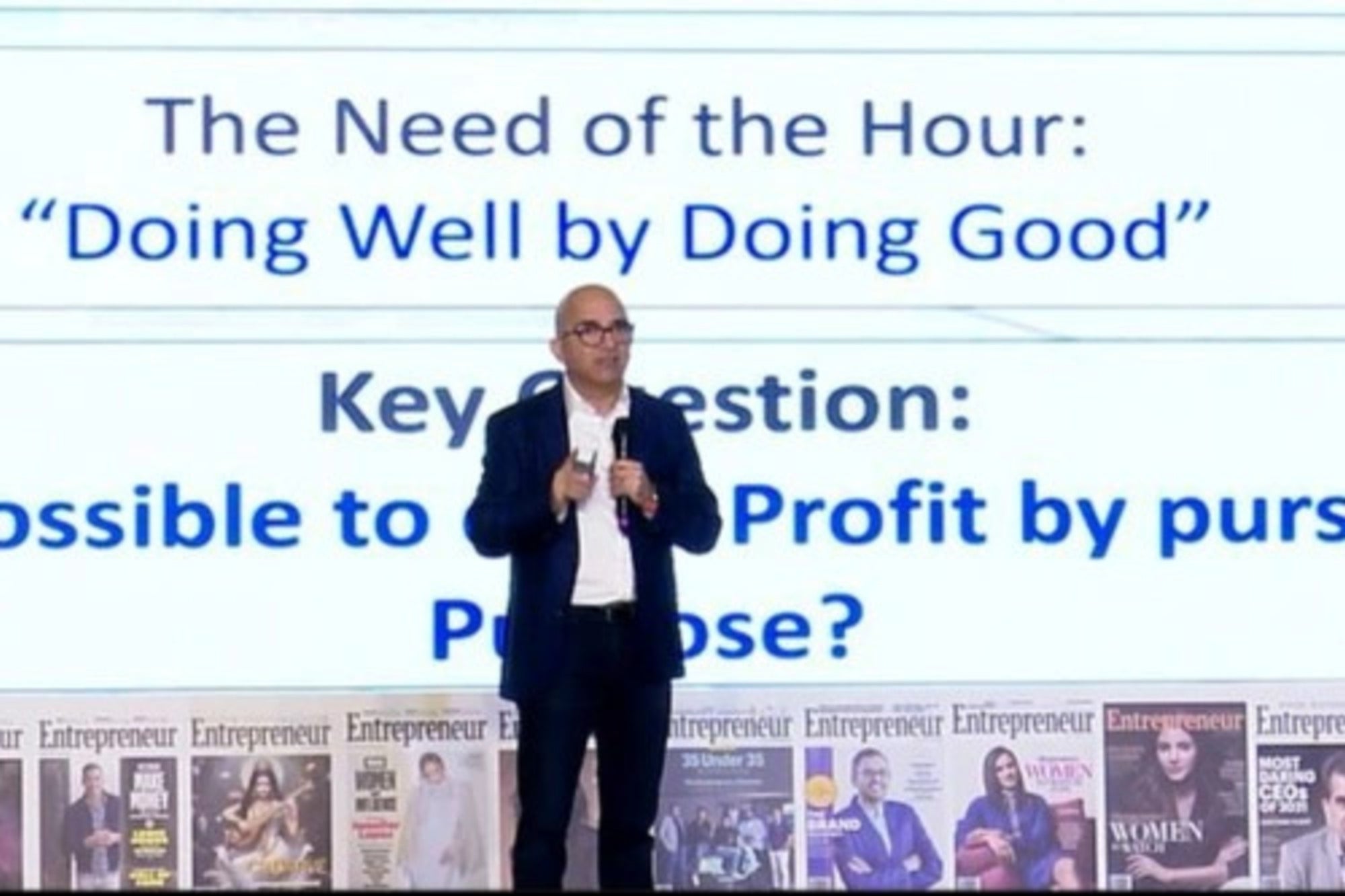These Digital Tactics will Improve your Team Culture With the fast-paced implementation of technology and evolving work expectations, understanding the needs of your employees has never been more important
Opinions expressed by Entrepreneur contributors are their own.
You're reading Entrepreneur Asia Pacific, an international franchise of Entrepreneur Media.

Globally, the work environment is changing rapidly. With the fast-paced implementation of technology and evolving work expectations, understanding the needs of your employees has never been more important. Over the past five years, searches for workplace well-being have doubled, with the growing need to create workspaces driven by purpose.
Deloitte's Future of Work examines improving culture and employee experience in the top-five transformational tactics for workplaces, alongside building connected teams, personal development, and design-thinking.So what actually is culture in today's changing environment, and how is it measured? Frei and Morriss give a great example of what culture is in a practical sense:
"Employees make hundreds of decisions on their own every day, and culture is our guide. Culture tells us what to do when the CEO isn't in the room, which is of course most of the time."
It goes back to purpose and finding a greater understanding of the why of every day work.
In a team environment, culture often shapes the ways we communicate. For growing businesses, digital tools, when used effectively, can provide a great way to promote company culture by creating informal places online for collaboration, communication, and transparency.
Create Shared Work Spaces
We have all heard about flexible and remote working as an option for our workforce, but what does this look like practically. PwC says, by 2030, the majority of the world's workforce is expected to find flexibility, autonomy, and fulfilment in their job. Business leaders can make this a reality by creating spaces online where employees can have full access to resources and channels of communication they'd otherwise have in the office environment. This goes beyond emails and should be tailored to both job role and industry. For example, if you are working in a design firm, you need access to a suite of tools, templates, etc. Often these resources need to be cloud-based to allow instant access via a simple security log-in.
Offer Anonymous Feedback
If you are trying to create a culture of honesty and trust where teams are eager to give each other feedback, you may want to consider encouraging company-wide feedback. Doing this online is an effective method to streamline the process and offer a safe space for honesty. By incorporating a feedback form into a familiar setting—such as intranet, collaboration tool, email system—you are able to formalise the process.
Let your employees know that the business is looking to constantly improve. Remaining anonymous can make feedback easier for people and when the feedback loop is hosted digitally you remove all barriers to honesty.
Implement Democratic Decision-making
Historically, decisions are often made from top to bottom, with little input from team members. Online polling tools offer a channel for staff engagement. The key here is to ask questions you want answers to. If you engage your team for the polls and don't release the outcome, it can have quite the opposite effect creating a hostile and untrustworthy environment.
Questions don't need to be in order to make critical strategic decisions, instead pick topics that will put a smile on your team's face. Ask for opinions, for instance, on new office spaces, themes for next month's team workshop, etc. Incorporating polling process on an ongoing basis will improve your team's connection, and in turn creates happier and more engaged workforce.
Digital tools are used to promote collaboration, engagement, and transparency; ultimately improving employee happiness. When used effectively, digital tools can create unique moments online, and engages each employee directly with the company's vision.Don't plan your digital strategy online; instead, take it offline. Challenge leadership to decide how you want your employees to perceive the company. Invite team members to the table. Finalise goals.













